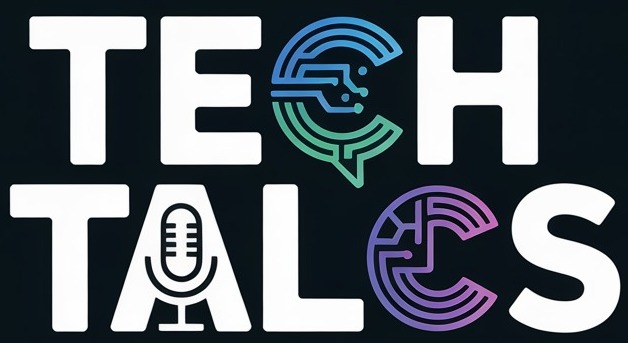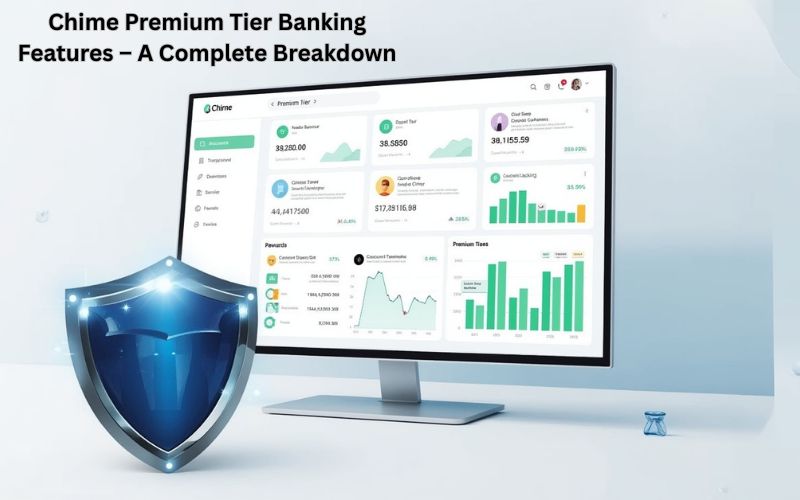In the pandemic’s first months, concern spread across the country as the Trump administration curtailed the flow of communications from the agencies on the federal government’s response. The action, which many experts criticized as Health agency communication pause censorship, dramatically changed the way the public has received critical COVID-19 public information. At the center of the fight for the Freedom of Information Act was the Centers for Disease Control and Prevention (CDC) , whose normal authority and ability to communicate with the public had been drastically curtailed.
For decades, the C.D.C. had been the most trusted messenger in leading Americans through health crises. But, in a period when timely updates were key, the messaging was rerouted through the White House. Many wondered about the influence of political considerations on public health. The episode prompted a larger conversation about scientific transparency, openness, and protecting health agencies from government interference in Health agency communication pause, particularly amid national health crises.
What Prompted the Communication Freeze?
The halt in health agencies’ communications came as the Trump administration was stepping up efforts to shape the public narrative about the pandemic. Officials said there were concerns about mixed messages that could have an impact on the public perception of the administration. This tactic, critics have said, was in line with what they said was Trump administration media control. Instead of permitting such agencies as the CDC or the NIH to speak directly to the public about data, the chains of messaging were filtered through political advisors.
COVID-related content faced particularly strict constraints, which frequently led to delays, excessive amendments, or even the withholding of scientific guidance drafts. This level of control alarmed experts, as it not only obstructed the timely release of essential public health information but also weakened public trust in government-led health responses. The consequences were felt deeply across both scientific and civic communities. This approach prompted widespread concerns that public health messaging had become more about politics than science. In the process, it navigated a new territory in which its political objectives competed with urgent public health pandemic response strategy needs, creating a vacuum of confusion and insecurity among the public.
How It Affected the CDC and Other Health Agencies
This communication freeze was most obviously damaging within the CDC, which has long been a well-regarded American intuition for public health. Strict CDC communication rules now controlled what had once been a transparent data source and a trusted guide. Internal emails later revealed that senior officials had instructed health workers not to respond directly to media inquiries without prior approval. Officials delayed scientific reports and, in some cases, altered them to improve the appearance of the administration’s response.
Never before at this magnitude had the government intruded into health communication. FDA and NIH, among other other agencies, followed similar limitations. Public briefings were curtailed, updates slowed , and public confidence in such agencies decreased. Moreover, such actions not only disrupted the usual operations of health agencies but also gradually eroded their credibility in the eyes of the public. As a result, long-term concerns have emerged regarding scientific transparency and the censorship of health agency communication during public health emergencies.
Government Messaging vs. Public Health
Prioritizing political messaging over transparent public health communication had profound consequences for American life. The White House’s stranglehold on COVID messaging was a case study in the battle between White House messaging control and the ethical duties of scientific institutions. During that time, guidelines from health agencies could change swiftly, with some contradicting previous advice. This caused a lot of confusion to the people as well as health experts.
The administration squelched the severity of the pandemic in its early days by pushing a uniform, politically determined message. This censorship crippled the federal and state pandemic response strategy. And public health experts said such interference interfered with science-based decision-making. And professionals worried that it would establish a dangerous precedent, allowing future administrations to shield White House messaging control further. A collision of public health needs and political interests highlighted the necessity for strong health department guidelines and protections to safeguard scientific voices.
Public Response and Media Coverage
The media, health experts, and the general public reacted forcefully to the administration’s handling of Health agency communication pause. Related news outlets dug into and reported examples where officials buried critical health information, highlighting concerns about health agency censorship. Reporters and whistle-blowers exposed how political agendas altered or delayed important data. The news triggered a public uproar and only added to concerns about scientific transparency.
Former health officials spoke out, expressing their frustration at being gagged or sidelined at a time when accurate communication was crucial. Press freedom and public health transparency advocates began to demand more accountability. While a lot of Americans lost faith in health agencies, the credibility of many of them was dealt lasting harm. The collapse in trust had corrosive effects on other sectors of society that helped conspiracy theories and misinformation flourish. The press was instrumental in bringing these issues to light, but the harm to public perception wrought by information suppression was already cast.
Long-Term Impacts on Trust and Health Communication
The consequences of this communication warring have resulted in long-term damage to both public confidence and institutional credibility. During the pandemic, officials manipulated COVID-19 public information, leading many to doubt the reliability of government sources for accurate health data. The resulting skepticism persisted well beyond the Trump administration, casting a long shadow over public trust in health agency communications and shaping responses to everything from vaccination efforts to emergency preparedness. This entire episode underscored just how vital it is to maintain a clear boundary between scientific integrity and political influence during a crisis.
Experts now argue for more robust health department guidelines and legal protections to help keep public health communication transparent and independent. What’s more, this experience has reinforced the importance of clear, consistent communication in emergencies. Restoring public trust will require a long-term commitment to scientific transparency, open data access, and holding decision-makers accountable. It’s essential that health communication remains free from government interference. By ensuring health agencies operate independently, we can protect them from political manipulation and preserve the integrity of public messaging.
Conclusion: Navigating the Line Between Policy and Public Health
Management of Health agency communication pause by the Trump administration has now emerged as a main example of politics colliding dangerously with public health. All governments control national messaging to some degree, and success in controlling White House messaging control in this instance exposed vital weaknesses in the system. It was an object lesson in what happens when political narratives override pandemic response and the dissemination of factual material.
Muting agencies such as the CDC during a public health emergency didn’t just hinder immediate responses; they also caused long-term damage to institutional trust. Going forward, we need to create and enforce guidelines that protect scientific transparency and shield health agencies from unwarranted pressure. Public health should never be sacrificed on the altar of politics. And we can safeguard the integrity of COVID-19 public information and future emergency communication efforts by learning from this experience. Transparency, accountability, and independence are the only ways to restore public trust in health institutions fully.
FAQs
The Trump administration sought to centralize messaging around COVID-19 to maintain public confidence and control the narrative. This led to limitations on what health agencies like the CDC could say publicly, sparking debates over health agency censorship.
The CDC was the most impacted, experiencing heavy CDC communication restrictions. Other agencies like the FDA and NIH were also affected, with communications being delayed, altered, or blocked.
These concerns cast doubt on the transparency of the process. As trust eroded, confidence in official health recommendations weakened further.
Long-term consequences include diminished institutional credibility, spread of misinformation, and reduced compliance with health guidelines. Experts call for new policies to prevent such.
As of now, discussions are ongoing, but specific legislation is limited. There is growing pressure to establish safeguards that ensure scientific transparency and protect health communications from political agendas.
Mahnoor Ijaz is an SEO Expert with 2 years of hands-on experience in Blogging, Social Media Marketing, and Local SEO. She combines technical SEO skills with creative content strategies to boost online visibility and engagement.





